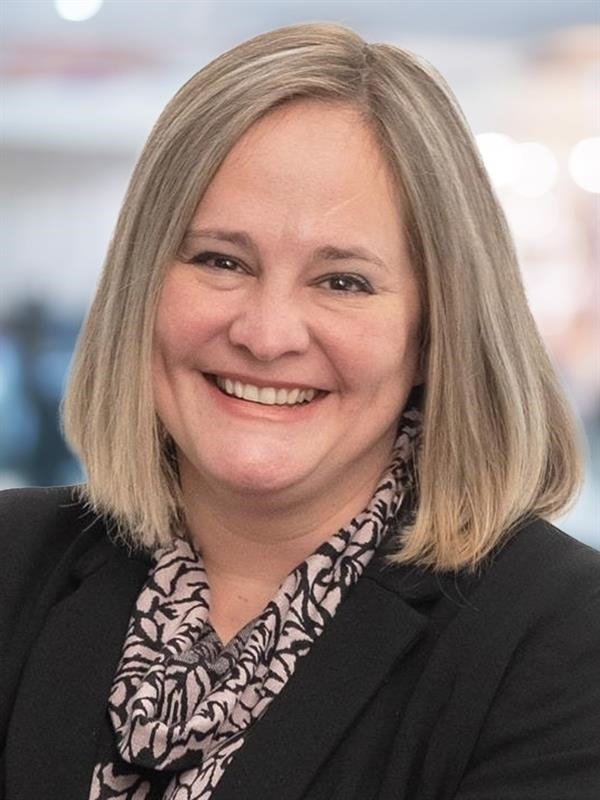Retirement means something different for everyone. For some, it’s the freedom to slow down and focus on family. For others, it’s the chance to give back, explore new goals, or continue building what they started. Whatever your vision looks like, one truth remains: having a clear roadmap helps make it possible.
In MNP’s recent Retirement Planning Webinar, three professionals shared practical insights for creating a plan that connects finances, family, and purpose — Allan Broudno, Partner, Family Office Services at MNP, Hayley Maschek, Partner, Tax Services at MNP, and Malcom Burrows, Head, Philanthropic Advisory Services at Scotia Wealth Management.
Make your plan work for your goals
Allan Broudno opened by reminding professionals that a financial roadmap is about intention, not prediction. “A financial roadmap helps you make decisions in the present with the future in mind. It’s not about predicting the future, it’s about preparing for it.”
He explained that clarity comes from modelling different possibilities, exploring how changes in income, timing, or lifestyle affect your overall goals. A roadmap turns uncertainty into structure and helps align today’s choices with tomorrow’s independence.
And, the earlier you test your plan, the more flexibility you have to adapt. With changing markets and tax rules, reviewing your strategy now helps prevent surprises later.
Look at your wealth like a family balance sheet
A recurring theme for Allan was the value of understanding where your wealth is being used and where it can grow. “When we talk about a family balance sheet, it’s really about looking at your assets and your liability, where your money is being used for to fund your lifestyle objectives and where it’s growing for the next generation.”
Seeing personal finances this way helps identify opportunities to reduce risk, diversify investments, and direct capital toward long-term goals. It also clarifies how day-to-day spending affects what can eventually be passed on to family or community.
Viewing wealth through a family lens helps professionals separate lifestyle goals from intergenerational objectives. That balance supports both present-day stability and long-term legacy.
Revisit your goals and test your timing
Allan encouraged participants to review their plan often and measure readiness in practical terms. “The incremental year is about testing your readiness. You can model retiring one year earlier or one year later, and it helps you see how much that individual year of work is really worth.”
He noted that running these small simulations gives people a perspective on both financial trade-offs and lifestyle comfort. Revisiting assumptions regularly ensures a plan stays aligned with shifting markets, health, and family needs.
Retirement readiness isn’t a single milestone. Small adjustments over time, rather than last-minute overhauls create smoother transitions and greater peace of mind.
Build confidence in your independence and legacy
Knowing when you have reached financial independence is the turning point between accumulation and transition. Allan described this moment as both technical and emotional. “Once you know you’re financially independent, you can start thinking about how to build confidence in your legacy and what you want to leave behind.”
He advised defining independence first. The point where assets can sustain your desired lifestyle, then moving on to intergenerational considerations such as succession, gifting, or philanthropic intentions.
Clarity about independence brings confidence. Once you know your foundation is secure, you can make legacy decisions from a place of purpose rather than pressure.
Align your giving with your values
Hayley Maschek shifted the discussion toward philanthropy, emphasizing that charitable planning is as personal as any other part of wealth management. For most families, she explained, the motivation comes down to impact and legacy, whether it’s driven by altruism, a desire to bring family together, or the opportunity to make a difference across generations.
She added that thoughtful planning can make giving even more effective. “From a tax efficiency standpoint, it does matter the types of assets that we might be giving. The same dollar amount that we’re giving away or foregoing could have a more significant charitable impact if we can reduce that tax leakage.”
For example, she noted that donating certain types of capital property can eliminate tax on gains entirely. “There are certain types of capital property that aren’t subject to any capital gains tax and is therefore a common and effective way to give. To access this benefit, the property must be donated directly to the charity.”
Maschek also pointed to private foundations as an option for families looking to create structure around their giving. These, she explained, can fund scholarships, support conservation work, or help build schools. “The sky’s the limit, as long as what you intend to do is viewed as charitable in nature.”
Strategic giving turns generosity into legacy. Integrating philanthropy with your financial plan can enhance both impact and efficiency, while connecting your family through shared values.
Create a structure that lasts
Long-term giving works best when it has structure and flexibility, Malcolm Burrows noted. “I always distinguish with clients the difference between ordinary charitable giving that most of us do on a regular basis, on an annual basis, from income, as opposed to more strategic charitable giving, where we’re integrating philanthropy with wealth planning.”
He explained that the best time to give is often when your tax burden is highest. “For example, if you’re a business owner selling your company, there’s a very significant tax bill at that time, and that’s one of the best times to offset it, and also a good time to be thinking about something like a donor-advised fund or a private foundation.”
Burrows described donor-advised funds as a flexible way to plan for long-term generosity. “People use donor-advised funds because it concentrates it all in one place. You have a single structure, like a family foundation, where you can focus your planning, figure out the right asset to give, and decide what makes the most impact.”
He added that these structures keep families involved in meaningful, ongoing giving. “Each and every donor-advised fund represents a family and their interests. Unlike traditional charitable giving, where once it’s given it’s gone, you get to be involved on an ongoing basis, have your children involved, and change your mind as you go.”
“It’s not about limiting options, it’s about opening them up so you can pour yourself into it, engage with your community, and really have that profound impact.”
Building structure into your giving creates consistency and impact. Flexibility allows generosity to evolve as your circumstances and goals shift.
Review your roadmap with the right people
All three speakers agreed that collaboration makes every plan stronger. Financial, legal, and philanthropic advisors each provide a piece of the puzzle, ensuring that tax, estate, and investment strategies work together. Open discussions with family also create shared understanding and prevent uncertainty later.
A roadmap becomes more than numbers when everyone involved knows the direction, values, and intentions behind it. And, with a coordinated plan, you reduce blind spots. Bringing everyone to the same table helps uncover new opportunities and safeguards your future.
Turn insight into action
Putting your roadmap into motion doesn’t have to be complicated. Start with practical steps that keep your plan flexible and aligned with what matters most to you:
- Review your roadmap annually: Test different scenarios, update assumptions, and confirm whether your plan still supports your goals and lifestyle.
- Bring your advisory team together: Meet with your accountant, financial advisor, and legal counsel to ensure your investment, estate, and giving strategies work in sync.
- Revisit your independence threshold: Check that your assets still sustain your desired lifestyle, especially as markets, health, or family dynamics change.
- Align your giving with purpose: Assess whether your philanthropic approach, from donations to donor-advised funds, ensuring they still reflect your personal and family values.
- Communicate your vision: Share your plan with family or business partners so everyone understands your intentions and long-term goals.
Take the next step
Your retirement roadmap is more than a financial plan, it’s a guide for how you want to live, give, and be remembered. By reviewing it regularly, aligning it with your values, and engaging trusted advisors, you can move toward retirement with confidence and clarity.
To learn more about building a roadmap that reflects your goals, contact Allan Broudno at [email protected] or Hayley Maschek at [email protected]






